Telling the Amazon Labor Union’s Story
Union, a new documentary about organizing at a Staten Island Amazon warehouse, grapples with what it means to tell an underdog story without a satisfying ending.
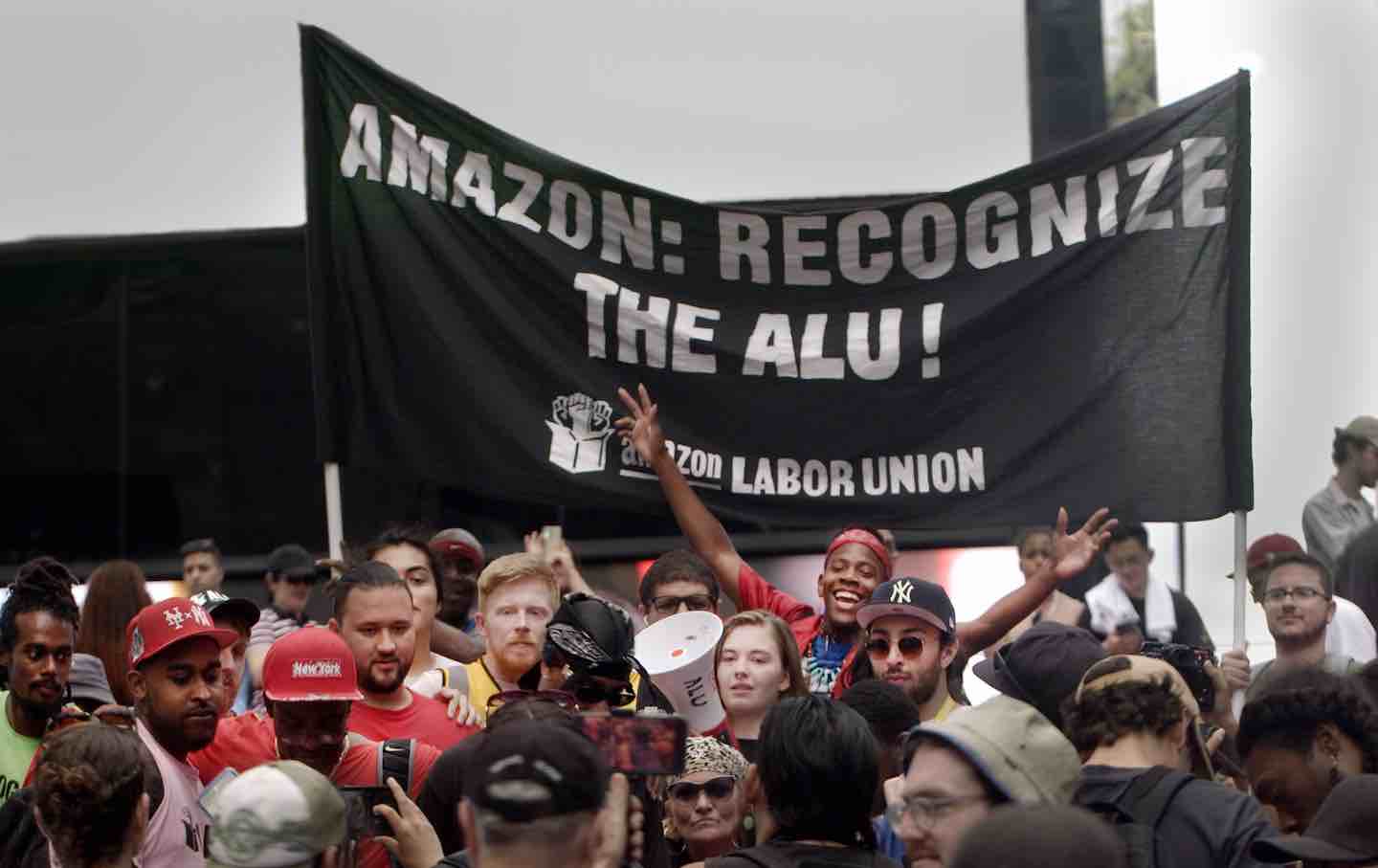
When most of the city is asleep, warehouse workers at Amazon’s JFK-8 fulfillment center on Staten Island are just starting their day, ferried on MTA buses to their shifts, which can begin at 1 am, 3 am, or 6 am. The commute is mostly quiet, with some dozing off and others just savoring their final moments of peace before entering the warehouse, with its deafening sounds and mechanical churn of orders being packed and sorted. In the spring of 2021, that idyll for workers before the start of their shift was regularly interrupted at the bus stop outside the warehouse, with a new sound replacing the thrum of machines: the voices of coworkers cajoling them to join a union.
A new documentary, Union, directed by Brett Story and Stephen Maing, begins with this scene, as a couple of union organizers hand out literature outside the 855,000-square-foot warehouse. Most of their coworkers ignore them. “One, they’re brainwashed. Two, they’re tired,” one organizer hypothesizes to the other. During a year-long campaign, Amazon Labor Union (ALU) organizers spent hours catching their coworkers for conversations in between shifts, hosting dead-of-night cookouts outside the warehouse, and eventually turning out more than 2,600 workers to vote “yes” on the union.
The film follows the organizing drive between the summer of 2021 and the union election in March 2022, from early meetings between coworkers to the collection of signed union cards to a victorious vote and the creation of the first (and still only) officially recognized labor union for Amazon warehouse workers. But Union resists the urge to whittle down the ALU struggle into a neat David and Goliath arc. Instead, the film’s steady, plodding narrative reflects the patience, grit, and at times seemingly blind hope required to organize for a long-haul fight against a corporate giant. And while Union can’t help but focus, as much of the media coverage has, on the ALU’s charismatic early president Chris Smalls, it also gives ample time to a broader group of organizers and their respective, at times conflicting, strategic visions and skills.
Union was produced during the early wave of media interest in the campaign, much of which prominently featured Smalls on magazine covers and in congressional hearings as the public face of the union movement at Amazon. But in the two years leading up to the film’s release this fall, Amazon has waited out the news cycle and stonewalled organizers, refusing to negotiate a contract. The ALU itself has grappled with the best strategy to organize a critical mass of workers at the 5,500-person warehouse that would force the company to the bargaining table. While the workers won their election, US labor law doesn’t require unions and employers to come to an agreement in a timely fashion or even to reach an agreement at all, allowing companies to drag their feet on initiating the bargaining process. In July of this year, Smalls was replaced as president by another organizer featured in the film, Connor Spence, who led a reform movement calling for more democratic decision-making and rank-and-file participation in the union.
And the film’s release comes as new fronts in the unionization fight at Amazon are cropping up—in Maspeth, Queens, in New York City, as well as in Skokie, Illinois; Palmdale, California; and more. This broad movement of institutional organized labor, independent unions, and rank-and-file activists is a more difficult story to tell than that of an individual election led by a charismatic front man. The conventional narrative around unionization at Amazon is particularly ill-suited for the current moment of atomized, democratic leadership in warehouses across the country. In its raw depiction of an early episode in this fight, Union tells a more complex tale, one lacking a single protagonist or, as yet, a satisfying ending.
Union begins during the first days of the union drive, when the Covid-19 pandemic loomed as a radicalizing force in the warehouse, exposing the company’s deadly indifference to its workers’ well-being. During a Zoom meeting of the organizing committee, shown early in the film, one worker shares a story about her sister, who passed away after being assigned to administer Covid tests at their warehouse, despite having no medical training or proper equipment. “Everybody here supports you, and we support your sister’s cause, which is not getting enough attention,” Smalls replies. “She’s the reason why we have to continue to fight, because this company has not been held accountable.”
Viewers meet Smalls in the first moments of the film, canvassing outside the warehouse. He began organizing a group of workers who would become the ALU in March 2020 after he led a walkout over Amazon’s failure to protect workers from Covid and was subsequently fired. He’s comfortable in front of a camera, but also, perhaps more important, in talking to coworkers. We see Smalls on the phone as he talks for hours while driving between the warehouse and his home in New Jersey, where he guides his three children through school over Zoom.
Spence, the current president of the ALU, is also shown on the phone, calling in to organizing meetings as he drives over the Verrazano Bridge to work on Staten Island, strategizing how to combat Amazon’s practice of subjecting new hires to training videos with anti-union messaging in their first days of work.
Another organizer is Angelika Maldonado, a six-year veteran packer on the night shift, who knew firsthand the benefits that a union could bring from her mom, a longtime member of the healthcare workers’ union 1199SEIU. And there is Madeline Wesley, a recent college grad who moved to Staten Island to be a “salt” at Amazon—getting hired as a warehouse worker to help with the union organizing effort. Wesley is part of a broader movement of young people who have been inspired to join the worker-led fight to transform conditions at the second-largest private employer in the United States.
As the cadre of organizers grows larger, they reach more people, collecting signed union cards between shifts over the months, stacking them neatly in plastic bins, and tracking their numbers on a spreadsheet (unions are required to collect signed cards from 30 percent of employees in order to trigger a union election). They develop a presence as a union at the warehouse before they’re legally recognized, spending months distributing free food and water to their coworkers and talking to them about the issues they’re facing at work.
What makes Union at times heart-wrenching is also what makes it effective at conveying the relentless optimism and drive required to take on a company like Amazon, with seemingly limitless resources to beat its workers back at every turn. While there are moments of victory, organizers don’t get much time to celebrate. In an early milestone, the ALU delivers signed cards to the National Labor Relations Board office in Brooklyn, having met the 30 percent threshold to trigger a union election. But the next day, Amazon challenges the number of valid cards, claiming that 900 of them were signed by employees who no longer work for the company (yet another organizing challenge at a workplace with a 150 percent annual turnover). ALU organizers are back tabling outside the warehouse again the next day, in the middle of winter.
All these hours of collective struggle culminate in that final union election in March 2022. When the triumphant result is announced at the NLRB office in Brooklyn, organizers burst outside to meet a crowd of cheering supporters. The reporters on the scene ask Smalls if he has a message for Amazon’s executive chairman. He does: “We want to thank Jeff Bezos for going to space, because when he was up there, we were signing people up.”
It would be a great line to end the documentary on, but Union doesn’t give us that satisfaction. Text appears on-screen announcing that a week later, Amazon filed a series of legal objections in a motion to overturn the election results. And the film ends on a sobering note: One month later, the ALU held an election at LDJ5, a nearby warehouse on Staten Island. The union lost by over 200 votes.
Union leaves us there, at a moment that feels like a precipice where the movement will either take off or come crashing down. The reality of the situation is messier. Amazon has continued to fight the ALU with high-paid union-busting consultants and obliging NYPD officers who roughly arrest organizers outside the warehouse. This past June, the ALU voted to formally affiliate with the Teamsters, giving it access to the resources and support of the 1.3 million-member-strong union. That same month, the company called the police on ALU members and Teamsters canvassing in front of the warehouse on Staten Island. Spence was among those arrested. At the end of August, the NLRB rejected Amazon’s appeal of the ALU victory. The next week, Amazon filed a complaint arguing that the NLRB itself is unconstitutional.
The pendulum swing of victory and defeat is what makes the labor fight prime material for cinematic representation, but the relentlessness of the struggle can’t easily be captured in a single film. The paradox of storytelling that Union confronts is also a challenge in organizing: how to capitalize on a sense of momentum, to make people feel the urgency and see change on the horizon, while also steeling them for a prolonged fight. Organizers like Maddie Wesley got involved in the movement because it felt like joining the most important fight of our generation just as it was cresting. Union has the potential to reinvigorate some of the excitement around organizing at Amazon, while providing a look at the unglamorous war of attrition that is involved in such a difficult fight.
The film’s release comes amid a string of organizing victories at Amazon. In April 2023, drivers in Palmdale, California, became the first to win recognition of a union at one of Amazon’s contracted “Delivery Service Partners.” Amazon drivers in Skokie, Illinois, unionized and went on strike this past June, alleging that the company had violated labor law by refusing to bargain with their union. In September, hundreds of drivers at a delivery station in Maspeth, in the New York borough of Queens, announced that they were also unionizing with the Teamsters. And in early October, a group of 100 workers at an Amazon delivery station in San Francisco demanded union recognition.
Popular
“swipe left below to view more authors”Swipe →These significant wins have received far less attention than the JFK-8 vote in 2022. This is partly due to the arcane system of subcontractors that Amazon uses, allowing it to claim that it is not the employer of the hundreds of thousands of drivers who deliver its packages. But workers have been fighting on that front, too, and in October the NLRB issued a formal complaint against Amazon after finding that it was in fact the employer of a group of drivers in Southern California, setting a precedent that could affect organizing nationwide.
But another reason these stories have gotten less traction is that it’s more difficult to pick out a single public face of the movement, which is being led by broad coalitions of workers transforming their own particular corner of the shop floor. Indeed, the story of a mass movement is a less tidy story to tell, but such a movement is also a stronger threat to Amazon. A leaked memo from the early days of the ALU fight described a meeting between Amazon’s general counsel and other executives, including Jeff Bezos, in which they agreed on a strategy to make Chris Smalls “the face of the entire union/organizing movement.” As Union shows, Amazon’s union-busting narrative can’t extinguish workers’ determination to transform their conditions—the stakes are simply too high.
In its final shot, Union hints at this new horizon, as workers take up the organizing mantle on frontiers across the country. Two thousand miles from Staten Island, outside Amazon’s ONT-8 fulfillment center in California’s Inland Empire, a new group of organizers pass out literature to their colleagues arriving for work, in the dark.
Support independent journalism that exposes oligarchs and profiteers
Donald Trump’s cruel and chaotic second term is just getting started. In his first month back in office, Trump and his lackey Elon Musk (or is it the other way around?) have proven that nothing is safe from sacrifice at the altar of unchecked power and riches.
Only robust independent journalism can cut through the noise and offer clear-eyed reporting and analysis based on principle and conscience. That’s what The Nation has done for 160 years and that’s what we’re doing now.
Our independent journalism doesn’t allow injustice to go unnoticed or unchallenged—nor will we abandon hope for a better world. Our writers, editors, and fact-checkers are working relentlessly to keep you informed and empowered when so much of the media fails to do so out of credulity, fear, or fealty.
The Nation has seen unprecedented times before. We draw strength and guidance from our history of principled progressive journalism in times of crisis, and we are committed to continuing this legacy today.
We’re aiming to raise $25,000 during our Spring Fundraising Campaign to ensure that we have the resources to expose the oligarchs and profiteers attempting to loot our republic. Stand for bold independent journalism and donate to support The Nation today.
Onward,
Katrina vanden Heuvel
Editorial Director and Publisher, The Nation
More from The Nation
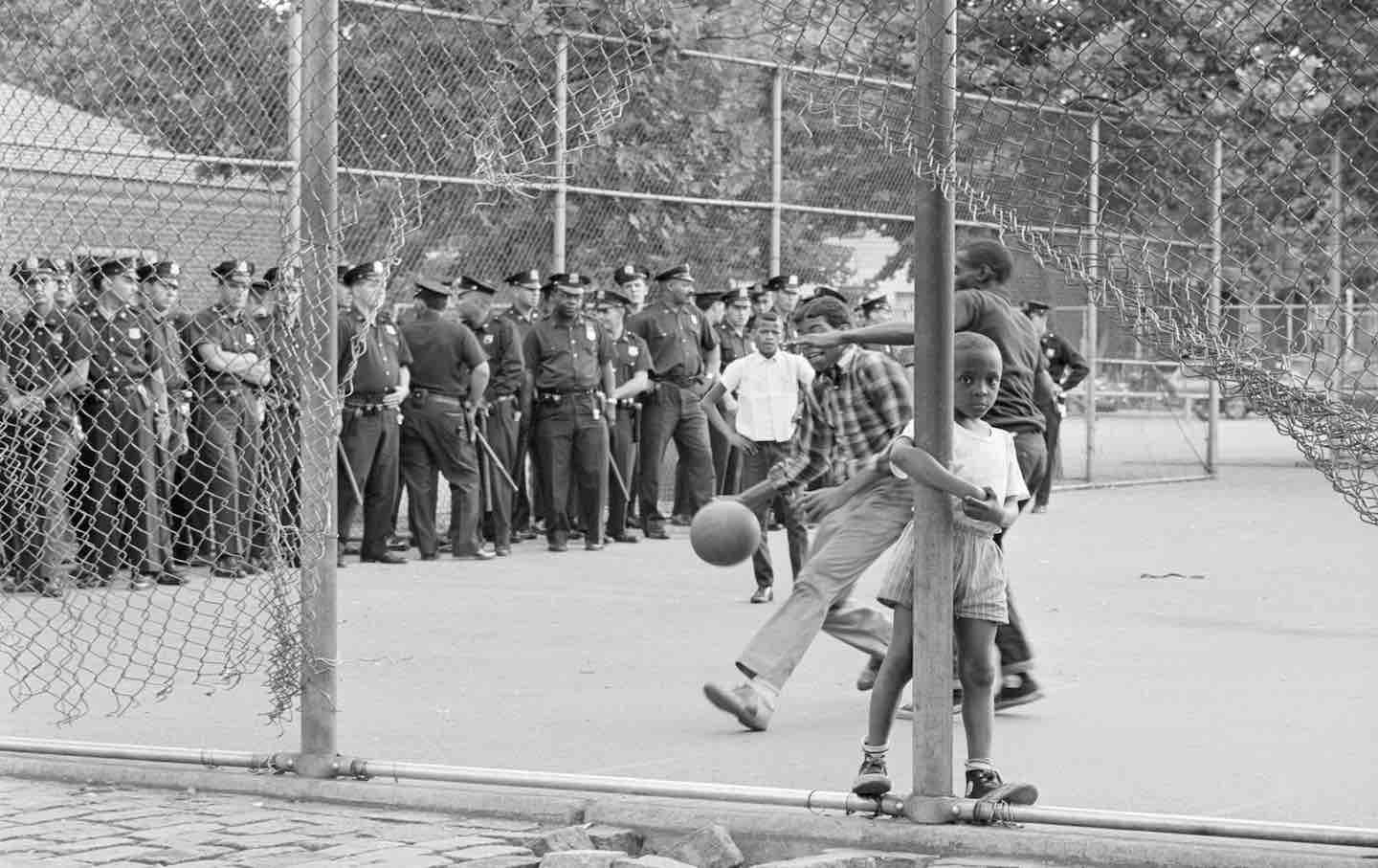
How White-Collar Criminals Plundered a Brooklyn Neighborhood How White-Collar Criminals Plundered a Brooklyn Neighborhood
Stacy Horn’s Killing Fields documents how East New York was ransacked by the real estate industry and abandoned by the city in the process.
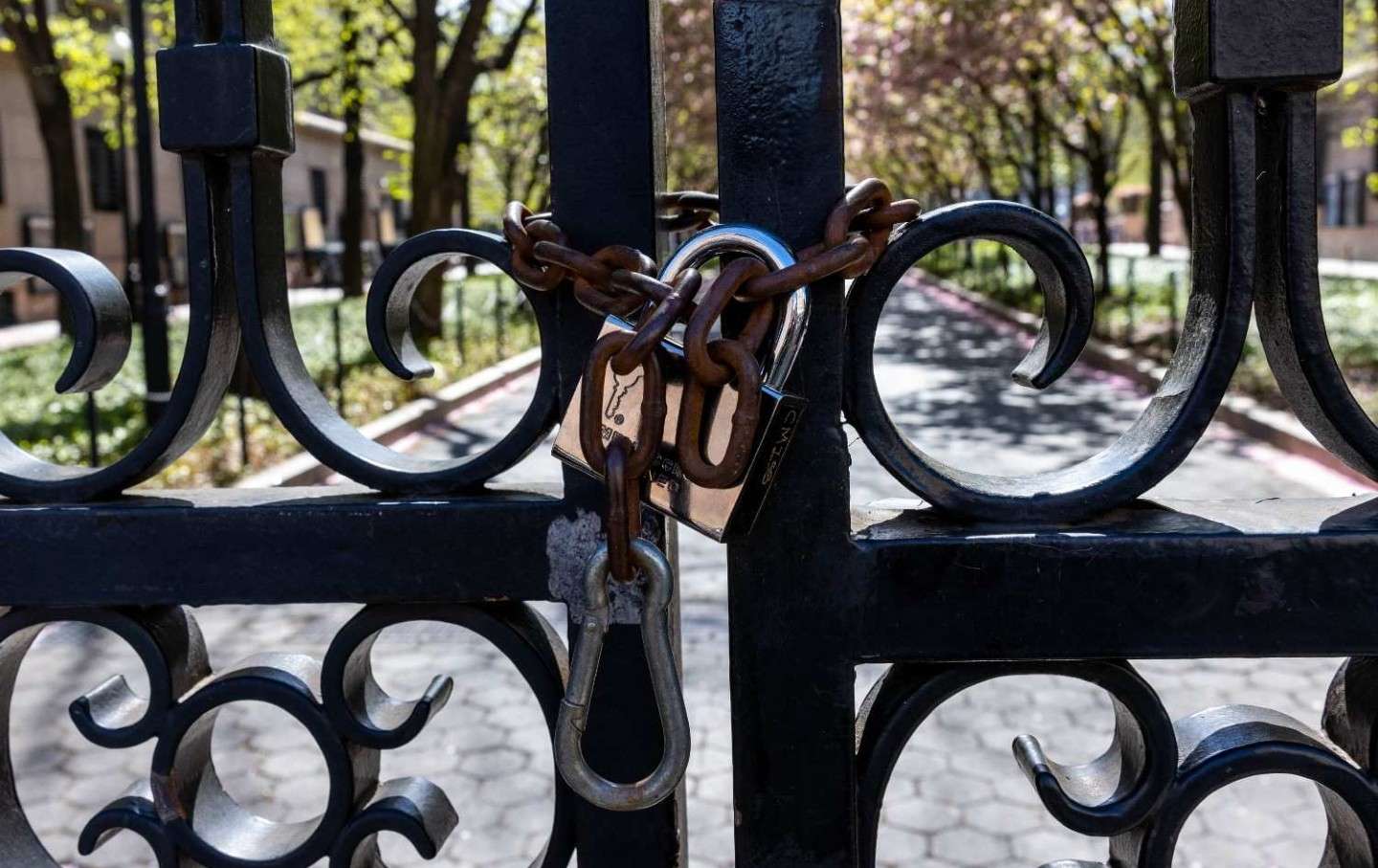
When They Came for Columbia University When They Came for Columbia University
The university has become the Trump administration’s test case for the largest assault on higher education since the McCarthy era. Sadly, it has notably failed to defend itself.
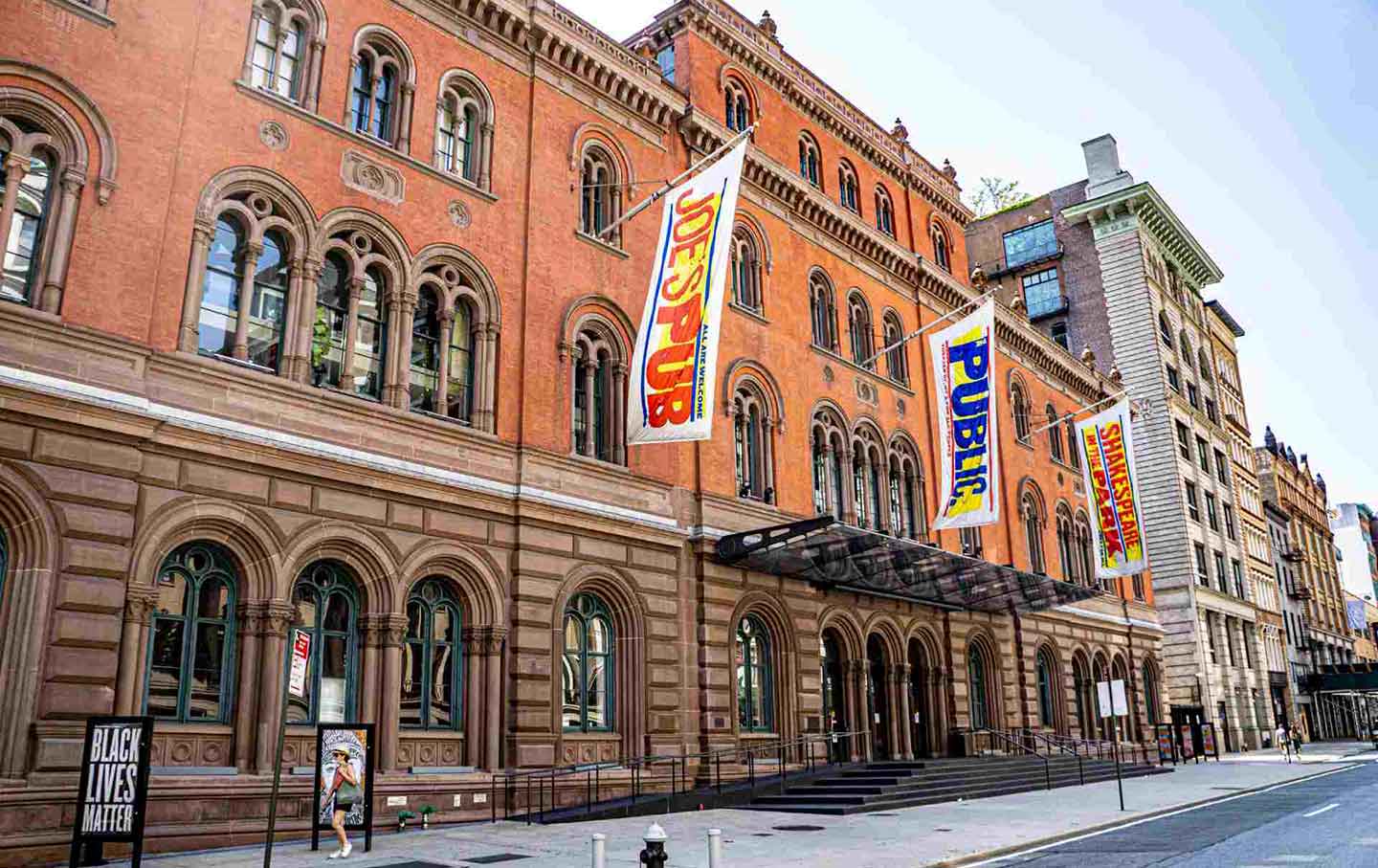
Trump Took Over the Kennedy Center, but Silencing the Arts Will Not Be So Easy Trump Took Over the Kennedy Center, but Silencing the Arts Will Not Be So Easy
Our last best hope for sharing, shaping, and wrangling over independent ideas may turn out to be America’s scrappy and disparate arts spaces—if they can hang on financially.
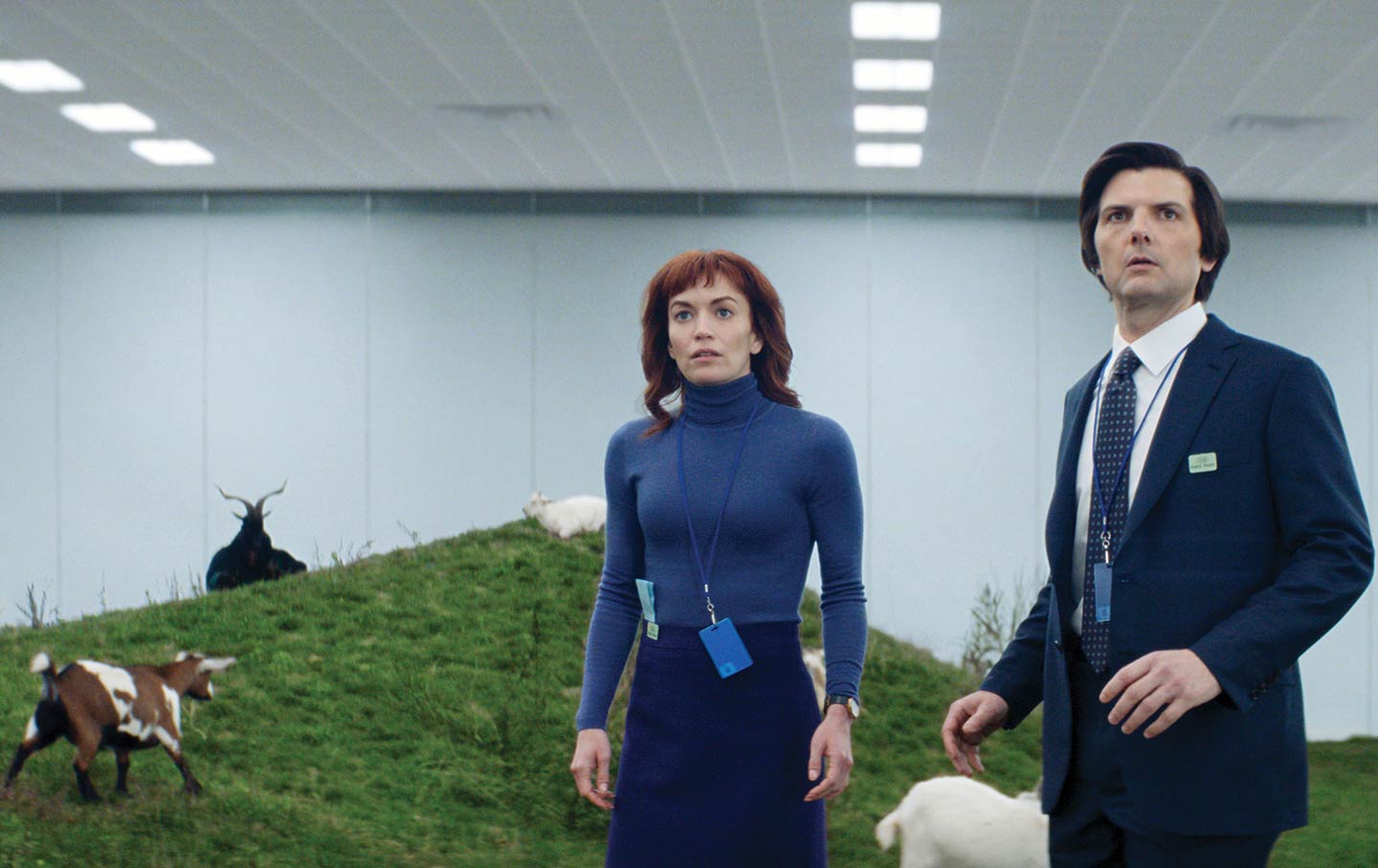
The Workplace Nightmares of “Severance” The Workplace Nightmares of “Severance”
The appeal of the Apple TV+ series is how it dramatizes our alienation from labor.
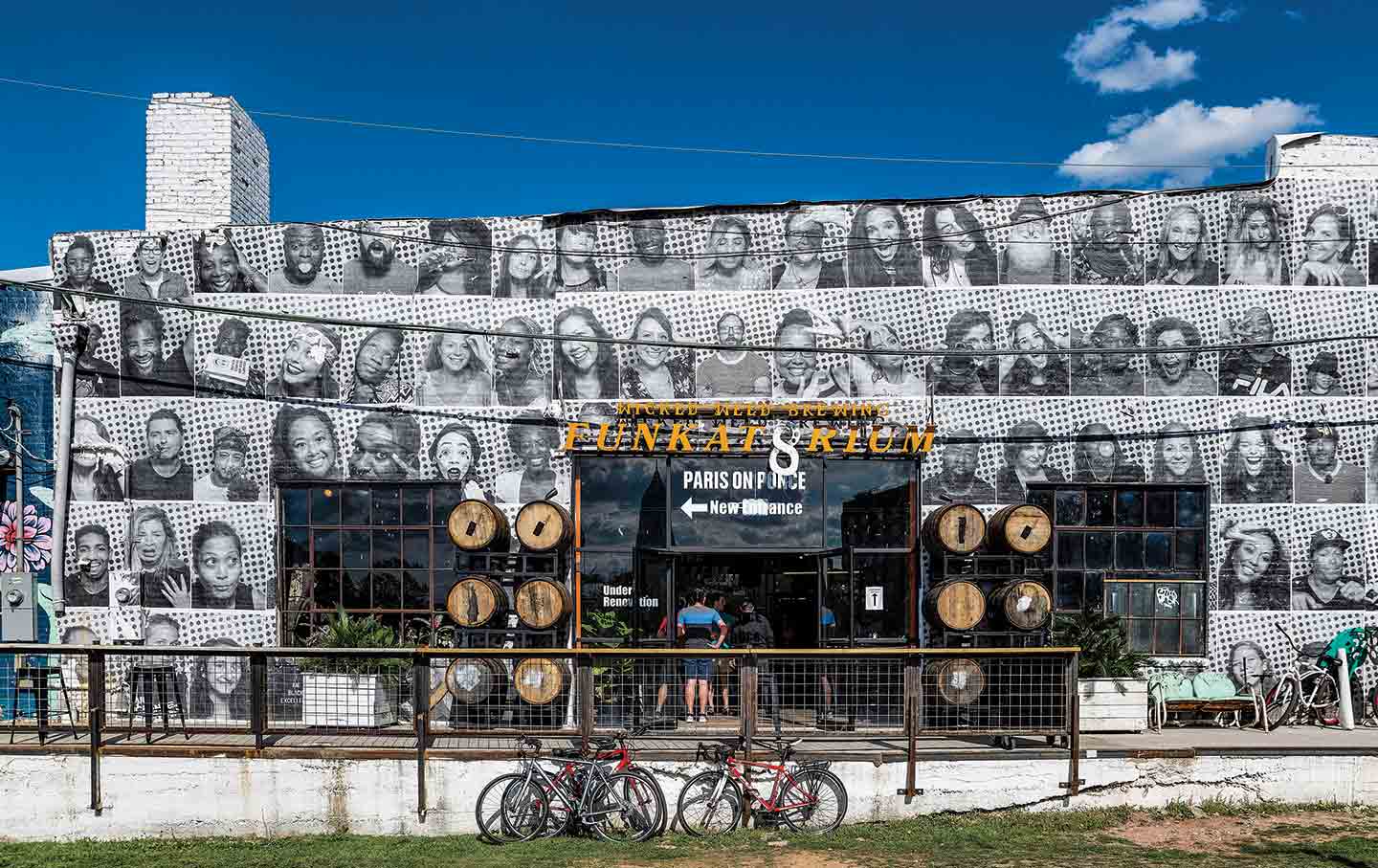
How Atlanta Became a Walkable City How Atlanta Became a Walkable City
The Beltline and Georgia's experiment in pedestrian spaces.
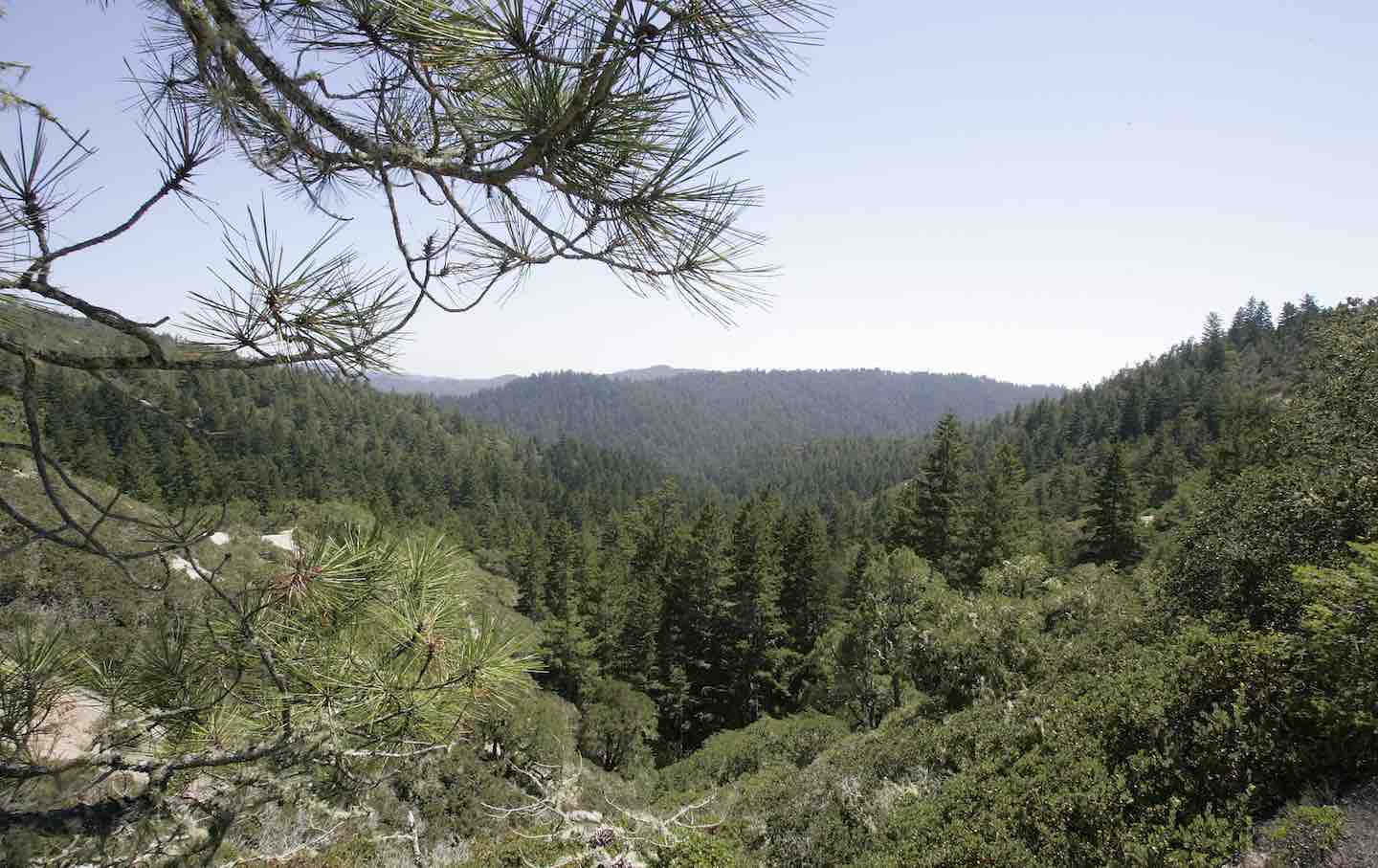
Why “The Living Mountain” Endures Why “The Living Mountain” Endures
Nan Shepard’s classic of nature writing and memoir is an education in how to reorient one's attention to a landscape and its lifeforms, human and nonhuman.


